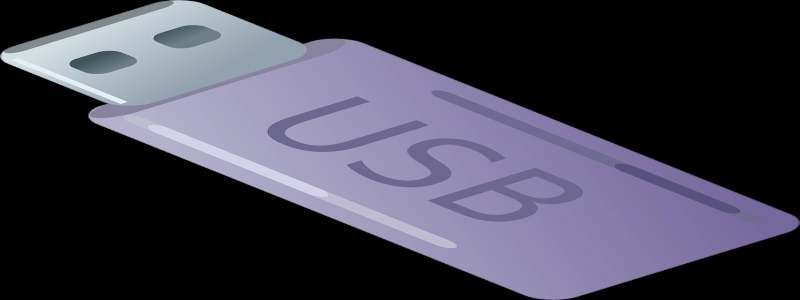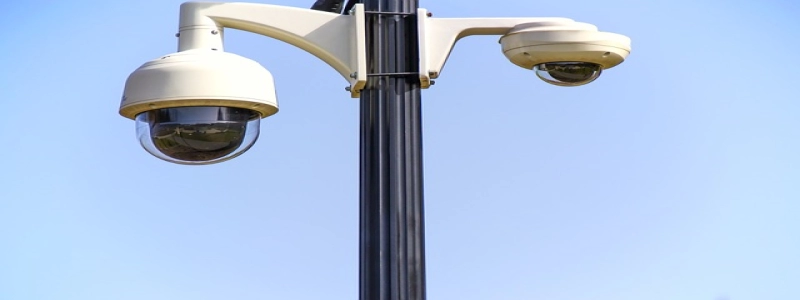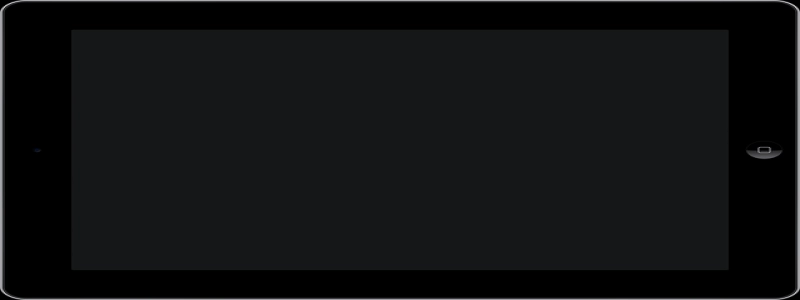Fiber Optic Cable Testing Equipment
Introduction
1.1 What is Fiber Optic Cable Testing Equipment?
1.2 Importance of Fiber Optic Cable Testing
Types of Fiber Optic Cable Testing Equipment
2.1 Optical Time-Domain Reflectometer (OTDR)
2.1.1 Purpose and Function
2.1.2 How OTDR Works
2.1.3 Applications of OTDR
2.2 Optical Loss Test Set (OLTS)
2.2.1 Purpose and Function
2.2.2 How OLTS Works
2.2.3 Applications of OLTS
2.3 Fiber Identifier
2.3.1 Purpose and Function
2.3.2 How Fiber Identifier Works
2.3.3 Applications of Fiber Identifier
2.4 Visual Fault Locator (VFL)
2.4.1 Purpose and Function
2.4.2 How VFL Works
2.4.3 Applications of VFL
Choosing the Right Fiber Optic Cable Testing Equipment
3.1 Understanding Testing Requirements
3.2 Considering the Budget
3.3 Evaluating Equipment Specifications
3.4 Availability of Technical Support
3.5 User-Friendliness and Training
Best Practices for Fiber Optic Cable Testing
4.1 Pre-Installation Testing
4.1.1 Ensuring Cable Integrity
4.1.2 Verifying Cable Length
4.2 Post-Installation Testing
4.2.1 Optical Loss Measurements
4.2.2 Identifying Fiber Breaks and Faults
4.2.3 Troubleshooting Network Issues
4.3 Maintenance Testing
4.3.1 Regular Inspection and Cleaning
4.3.2 Testing for Signal Degradation
4.3.3 Documentation and Record Keeping
Conclusion
By investing in appropriate fiber optic cable testing equipment, telecommunication companies and network installers can ensure the reliability and performance of their fiber optic networks. Understanding the different types of testing equipment available, choosing the right equipment based on specific requirements, and following best practices for testing can help identify and resolve issues, minimize downtime, and optimize fiber optic network performance.








